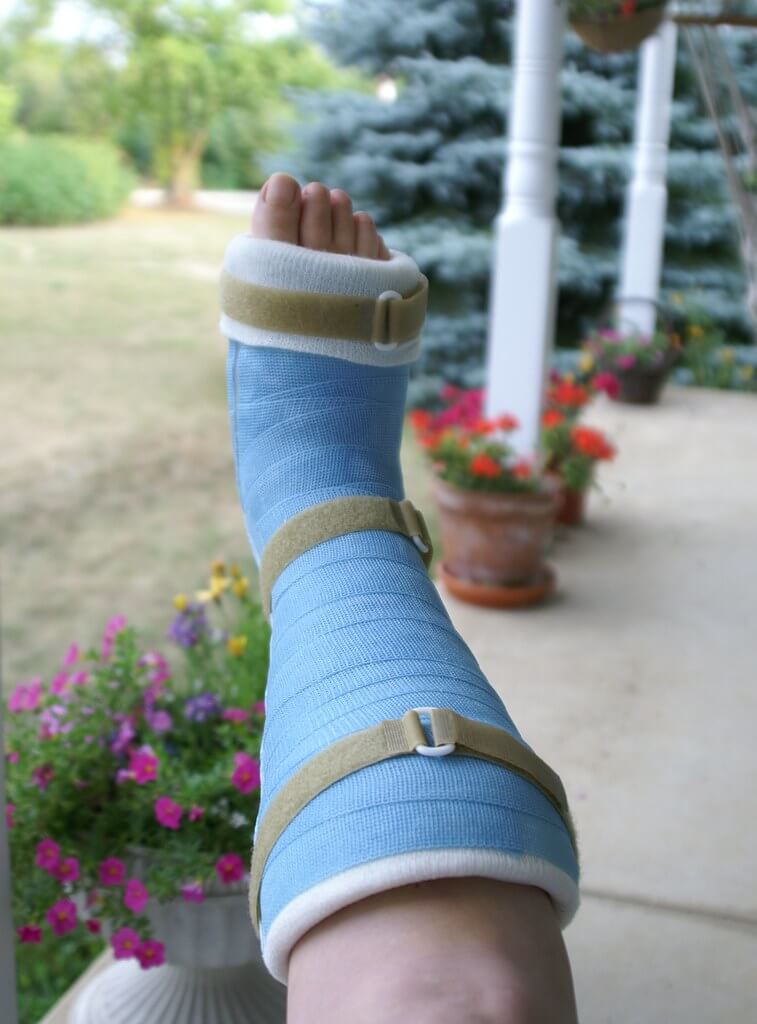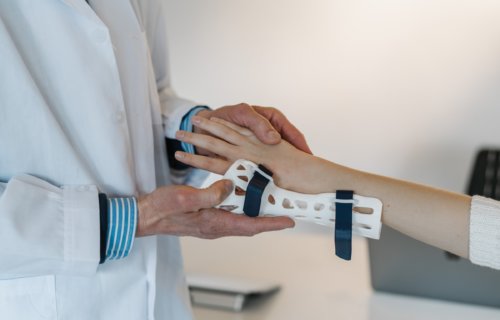JOONDALUP, Australia — Loss of motion or mobility for whatever reason can be frustrating for the fitness-minded. If a muscle remains inactive it will eventually begin to lose both strength and mass. Now, however, researchers from Edith Cowan University say there’s a way to offset and even protect against this happening — and it doesn’t even involve moving the affected body part at all!
It’s possible for a body part or group of muscles to be “out of action” for weeks or even months for any number of reasons, varying from injury to illness. Consequently, unused muscles often end up weakening and losing both mass and strength. Such a development, of course, is not good for anyone’s overall health and quality of life.
Lead researcher Professor Ken Nosaka notes that previous studies show gaining muscle strength in one limb through resistance training does actually transfer some benefits to the same muscle on the opposite side of the body.
“This is known as the cross-education effect. However, the key aspect of this study is one particular type of muscle contraction proved most effective,” Professor Nosaka says in a university release.

Continuing to exercise can still benefit an injured limb
In collaboration with Professor Trevor Chen from National Taiwan Normal University, the team at ECU assessed 36 sedentary young men who had their non-dominant arm immobilized by a cast at their elbow joint for a period of three weeks. The team separated them into three even groups: A concentric contraction group lifting a dumbbell using the non-immobilized arm, an eccentric contraction group lowering a dumbbell, and a control group performing no exercises.
For reference, a concentric contraction refers to lifting the weight (muscle is shortening), and an eccentric contraction entails lowering the weight (muscle is lengthening).
While their arm was immobile, both the concentric and eccentric groups participated in six weightlifting sessions twice a week, for three weeks. The sessions featured five sets of six dumbbell curls with a dumbbell corresponding to 20, 40, 40, 60, 60, and 80 percent of their maximal strength over the course of the six workouts.
When researchers finally removed the casts, the control group that was not exercising at all saw an over 15-percent reduction in strength in the immobilized arm. Notably, though, participants who lifted weights experienced little to no drop off in the immobilized arm’s muscle strength. More specifically, the concentric cohort saw muscle strength drop by four percent, but muscle strength actually increased by four percent among the eccentric group — showing a stronger cross-education effect.
Study authors also measured the size of the muscle on the immobilized arms. Size decreased by roughly 12 percent in the control group, while both concentric and eccentric muscle contractions with the opposing arm appeared to counteract muscle atrophy in the immobilized arms. Size still dropped by four percent for the concentric group, but study authors did not see decreases in muscle size in the eccentric group.
Exercising can prevent post-injury soreness
All study participants also had to perform 30 eccentric contractions with their immobilized arm once the casts came off. Study authors measured numerous muscle damage markers before, immediately following, and five days post-exercise.
The control cohort displayed very severe muscle soreness and strength loss after working out, but the concentric group showed far less damage. Once again the eccentric group enjoyed the strongest results; this approach fostered a protective effect strong enough for peak muscle soreness to drop by 80 percent in comparison to the control group and 40 percent compared to the concentric group.
All in all, Prof. Nosaka adds these findings support previous ECU research highlighting the benefits of eccentric exercise.
“We already know eccentric muscle contractions appear to be the most effective at promoting muscle strength and size gains — even in very small doses,” he explains. “It is important to investigate whether this latest study’s results are replicated for other muscles and whether eccentric resistance training is effective when dealing with immobilization in real injuries, such as ligament sprains or tears, bone fracture, and post-surgery.”
“However, healthcare providers can recommend resistance training — and eccentric contractions in particular — to minimize the negative effects of immobilization and hopefully lessen its impact on people’s lives,” Prof. Nosaka concludes.
The findings appear in the journal Medicine & Science in Sports & Exercise.

